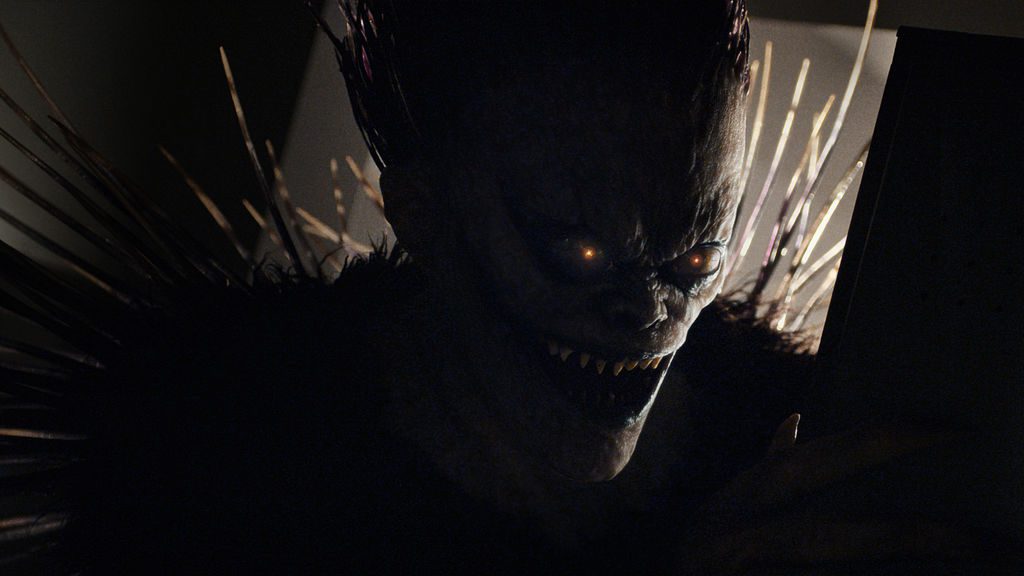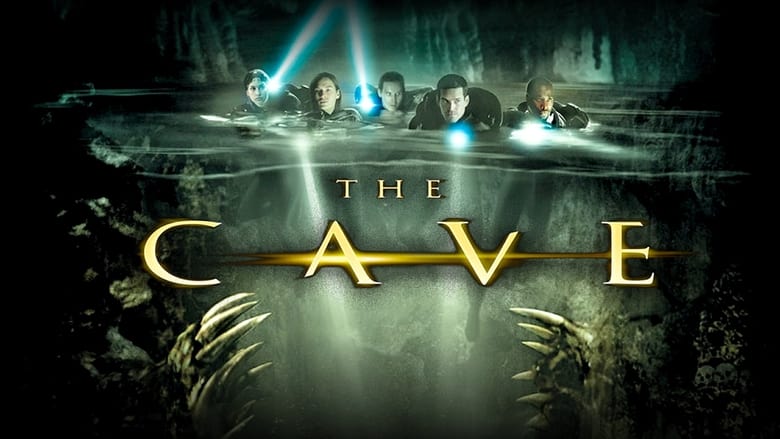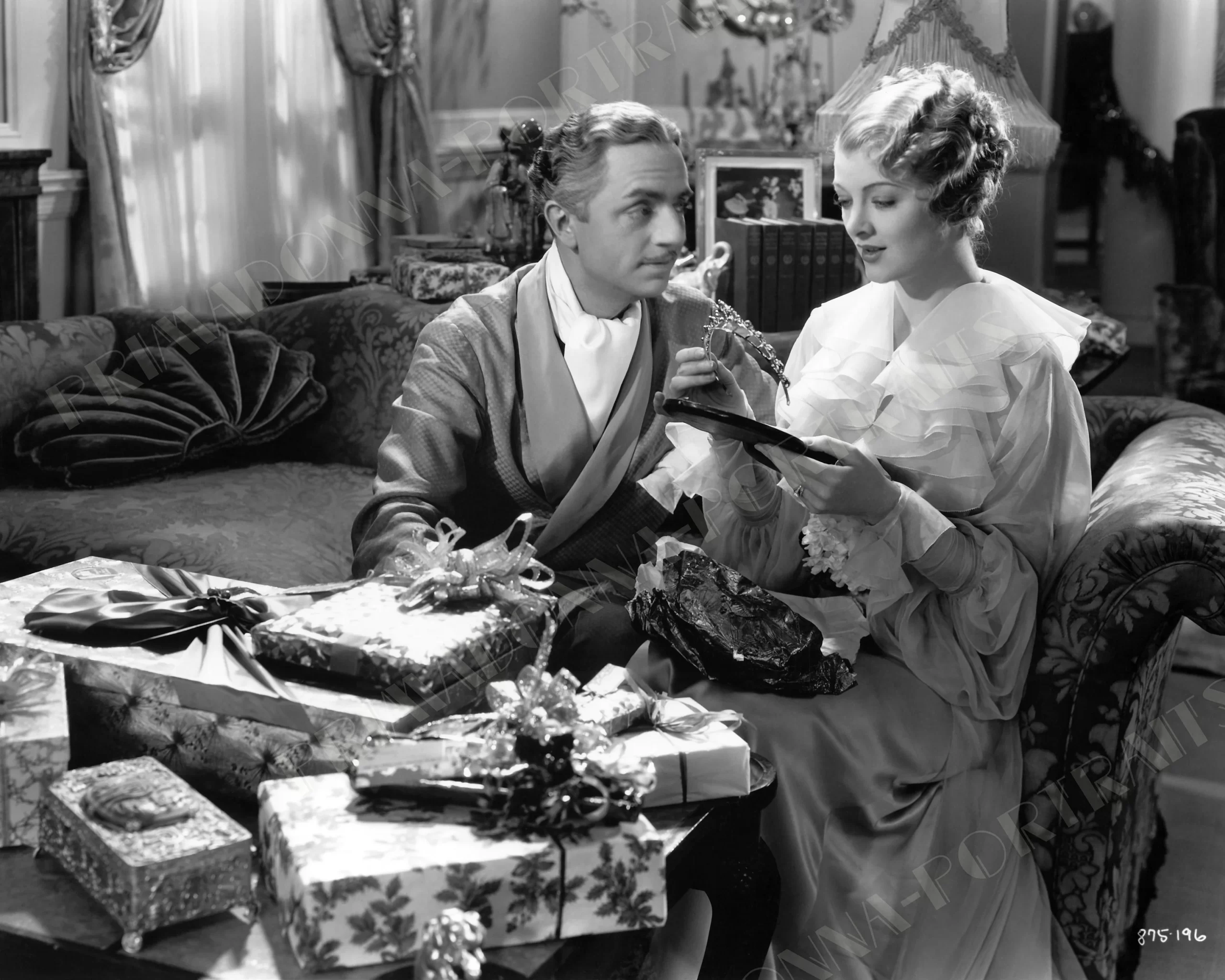I’ve never seen the anime series Death Note, but if it’s anything like Adam Wingard’s new film adaptation for Netflix, it is almost unbearably stupid. Death Note plays like a montage of missed opportunities, made doubly frustrating because the premise is solid and there are a few performances in the film ranging from not bad to pretty damn good.
The first problem, though, might be casting. It’s no secret that Asian roles are routinely whitewashed in Hollywood, even as recently as Doctor Strange and Ghost in the Shell, so it’s not an argument that I’ll reiterate here except to say that it’s shitty. But as a white guy, I’m not the right person to argue about representation; if anything I get too much representation, as evidenced by Death Note casting Behaving Badly‘s Nat Wolff, the world’s least likable boy (Jai Courtney lost the #1 spot after turning in a surprisingly charming performance in Wet Hot American Summer: Ten Years Later) as Light Turner. Wolff manages to be both bland and unlikable at the same time; it’s quite frankly stunning.
Light is one of those nerdy outcasts who manages, through no actual effort of his own, to attract the attention of a beautiful cheerleader, Mia Sutton, here played by Margaret Qualley of The Leftovers in what is easily the film’s best performance. Their paths cross shortly after Light comes into possession of the Death Note, a book with demonic powers that ensures the death of anyone whose name is written in its pages. If it seems I’m quickly moving through this plot, well, so does the film; the book (almost literally) falls into Light’s lap almost as soon as the credits end, and by the seven-minute mark Light has already met Ryuk, the horrific entity who carries out the book’s orders.
To the film’s credit, Ryuk’s design is one of its strong suits; Wingard (Blair Witch) is wise to frame him mostly in shadow, and Willem Dafoe, who provides Ryuk’s voice, brings equal levels of glee and malice to the role. Death Note sorely misses Ryuk when he’s not on screen, and he and Light have a fun back and forth, as they seem both friendly and adversarial. Light never fully trusts Ryuk, and Ryuk is openly trying to manipulate Ryuk, and its in his scenes opposite Dafoe that Wolff does his best work.
Before long, Light and Mia – whose relationship goes from exchanging names to falling deeply in love too quickly to be believable or impactful – are using the Death Note to kill criminals, terrorists, and their ilk across the globe, and they become known (and worshiped) as Kira, which means both light and killer. This is the part of the film that works best, as KIRA SAVES graffiti starts showing up on churches, and Death Note begins to operate on a pleasingly large scale. Unfortunately, it also leads to the film’s biggest weak point and most glaring flaw.
That would be the character of L (Lakeith Stanfield), not only the worst character in the film but maybe the worst character ever. Stanfield, who has given good performances in Straight Outta Compton and Get Out, plays L like an autistic, hyperactive child; he’s an amalgamation of tics masquerading as a human. There’s too much there there, and L’s whole character is a hat on a hat on a hat. I’m sure there are fifteen-year-old anime dipshits who think that L is the coolest EVAR!!! but in Wingard’s film he’s so obnoxious that shortly after his introduction I nearly stopped watching. L wears a face mask, eats candy nonstop, brags about how little he sleeps, carries a pocket watch, hangs out barefoot, leaps onto chairs and sits on the back, and doesn’t carry a gun because they’re “distracting.” Quirky detectives haven’t aged well – look at Gary Oldman in Leon: The Professional or Dafoe in The Boondock Saints – and L wears out his welcome by his first scene. In a role so potentially eccentric and mannered, Stanfield had the opportunity to give the film’s best performance; instead he gave what is unquestionably its worst. Even his dopey face mask defies logic; one could argue that by hiding his face and name, he is safe from being written about in the Death Note, but that argument falls apart when you realize he hides his face before he comes into Kira’s orbit, and he’s so famous by his one-letter name that even Light’s father has heard of him. And, as should be obvious by now, he was among a group of orphans who were trained from birth to be the world’s greatest detectives. That is almost a verbatim line from Death Note, and it is the stupidest fucking thing I’ve ever heard.
Stanfield notwithstanding, there are parts of the film that work. Dafoe, as mentioned, is terrific, as is Qualley, who really embraces the Lady Macbeth aspect of her role. She’s so good that she makes Wolff rise to her level – or at least attempt to – and she can single-handedly overcome her co-star’s blandness. Shea Whigham does fine work as James Turner, Light’s father, which is a pretty underwritten role. But Whigham runs away with it, at times making James the emotional heart of the film. He does the best with what little he’s been given, and packs a lot of characterization into an action as simple as reluctantly chuckling when he admits that he’s glad his wife’s killer is dead.
Wingard does a decent job here. He uses light and shadow well, and Death Note‘s scariest shots are of Ryuk barely concealed by darkness. The problem is not just with the script but with the source material; there isn’t a director alive who could make this feel like anything but the first draft of a graphic novel written by an untalented, angsty thirteen-year-old.
Death Note flirts with being a total catastrophe but never quite takes the plunge. The violence is nicely graphic, and Wingard, Dafoe, Whigham, and Qualley do their best to elevate the material. None of them embarrass themselves, but their talents are wasted on a film this insistent upon its own intensity and edginess (for what it’s worth, Stephen King’s story “Obits,” in The Bazaar of Bad Dreams, is a much better and more concise version of this same general plot). You can feel safe skipping Death Note, unless you’re a fan of the original anime, in which case you’ll most likely complain about it as much as I just did.
2.5/5






